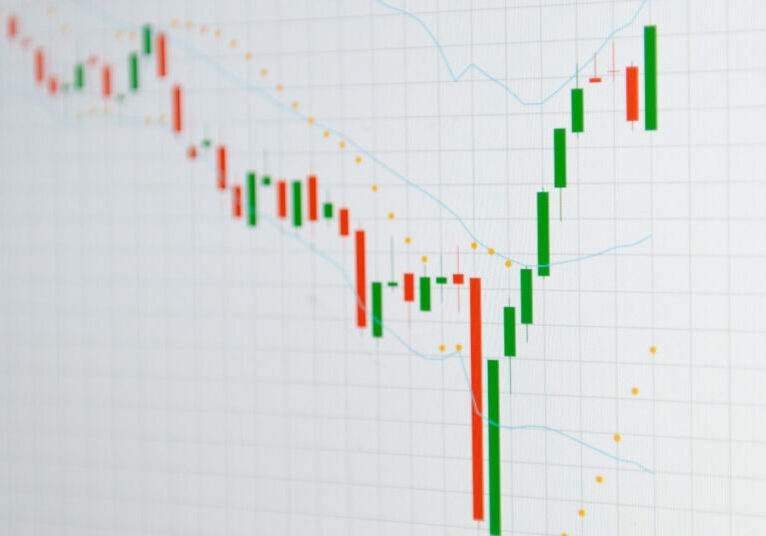VWAP Volatility
Infinite Equity’s new approach to calculating historical volatility is to use Volume Weighted Average Prices (VWAPs). The merits of using this approach can be found in our Research Brief, A New Way to Estimate Volatility. The intent of this addendum is to illustrate how to calculate volatility using VWAP prices.
Before we get into the mathematical algorithms for calculating volatility, lets first spend some time defining VWAP’s. VWAP is exactly what it sounds like: the average price weighted by volume. VWAP equals the dollar value of all trades during a day divided by the total trading volume for the day. The calculation starts when trading opens and ends when it closes. Because it is good for the current trading day only, intraday periods and data are used in the calculation.
This research article will dive into some of the technical details on VWAP and some of the considerations when trying to calculate a VWAP Volatility. It will also provide our opinion on the most appropriate methodology.
Section 1: Frequency of VWAP
Traditional VWAP is based on tick data. Active securities during active time periods can have 20-30 ticks in one minute alone. With 390 minutes in a typical stock exchange trading day, many stocks end up with well over 5000 ticks per day. Needless to say, tick-data is very resource intensive. It is conceivable to calculate a daily VWAP price, a weekly VWAP price, a monthly VWAP price, or any other period with all of the tick data. At some point, there will generally need to be some simplifying assumption on the number of independent VWAP data points.
Most 3rd party financial data providers (Capital IQ, Bloomberg, et al) will provide a daily VWAP price included in their data package. The daily VWAP price will represent the weighted average price of all transactions during the day. Access to this daily price is a simplification of the calculation and creates a process that can be immediately scalable for corporate issuers. The downside is that each independent daily VWAP price will be treated with comparable volume as the next independent day (which is no different than with the “Closing” stock price”).
We believe that the use of the daily VWAP, as published by financial data providers, is the best practice and can be easily reviewed by your external auditors for your financial statements.
Section 2: The Development of a Price Adjusted VWAP
As mentioned, most external data sources (such as Capital IQ or Bloomberg) will report a daily VWAP price and volume. However, for calculating volatility, it is also important to have the daily VWAP price to be adjusted for splits and dividends that have occurred. Unfortunately, not all external data sources are generally not adjusted for these. The intent of this Section 2 is to provide the mathematical rigor to calculate adjusted VWAP prices. For purposes of this calculation, we need to have data for historical VWAP prices (actual), historical dividend prices, and any other split/restructurings. However, most data sources will have an additional field that adjusts for dividends and splits, which can be leveraged to create an “Adjusted VWAP Price”[1].
Section 3: Calculation of VWAP Volatility
Now that we have created adjusted daily VWAP prices, we are ready for the calculation of historical VWAP volatility. The calculation is consistent with how daily closing volatility is calculated (but simply substituting in the adjusted VWAP price), and is summarized below.

The algorithmic approach above can help to calculate adjusted VWAP prices and be used for estimating expected volatility under ASC718.
Next Steps
We believe that the calculation of a VWAP Volatility is a refined estimate of historical volatility. Given some of the extreme volatility seen in the marketplace today due to influences like algorithmic trading, social media, the rebalancing of institutional investor portfolios, we believe that the closing price can no longer be seen as the most reliable approach for calculating historical volatility. Further, with advances in computational capabilities, we believe that the VWAP volatility should be one of the considered alternatives in selecting your process for estimating volatility.
For an estimate of how the VWAP volatility compares to a traditional historical volatility or to know if VWAP Volatility is better for you, please reach out to your Infinite Equity consultant. Please see more research from Infinite Equity at www.VWAPVolatility.com.
[1] Infinite Equity has created “adjust VWAP price” using Capital IQ by multiplying by “Dividend Adjustment Factor” in Capital IQ. VWAP prices are already adjusted for historical splits in Capital IQ.



